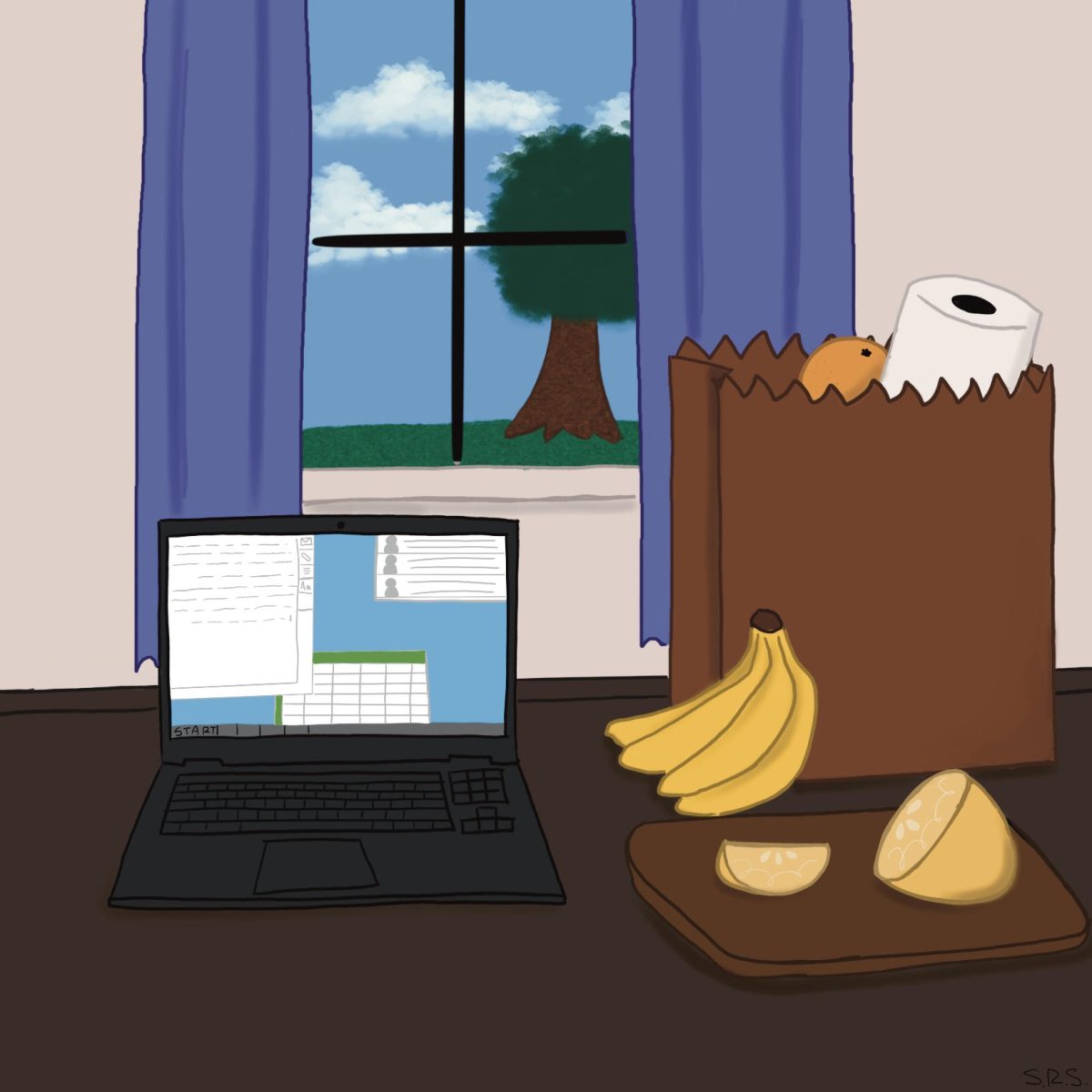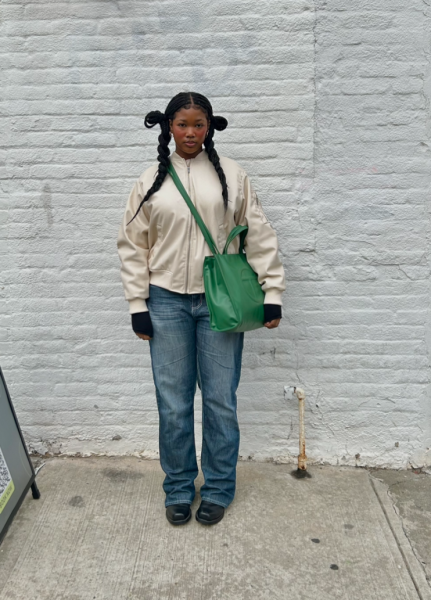In 2020, we, as a world, watched from the sidelines as the cataclysmic shut down made its mark in history. We not only witnessed these gradual shifts in our economy, but also how our world progress was being displayed for all to see. Suddenly, the world we knew was no longer shifting into the future but rather “a post-COVID world.” This shift has been seen in many avenues of daily life: how we shop, how we use social media but more than anything else, it changed how we function in the working world. A trait that can be seen at the peak of COVID-19 when we got our first introduction to remote working conditions.
During COVID, adults and children alike were forced to ‘bring their work home’ and for months adapted to the simple comfort of being able to not only do their work at their own pace but realized that most, if not all their work could be done at home. People were suddenly given the freedom to go anywhere and have work in their back pockets. Meetings were held over video calls, giving a new space to corporate America in the digital world.
This caused people to rethink their nine-to-five job because for the first time in a long time, they could sit back and truly evaluate what their jobs entailed. With many not seeing a need to go back at all. But, as the walls of COVID fell back down, people were in no rush to return to the office. Businesses began lifting regulations little by little but still few people choose to return.
According to the 2023 statistics found by Forbes, 12.7 percent of full-time employees currently work from home, while 28.2 percent work on a hybrid model. After years of lockdown, people had adapted to being at home, which meant that the office was slowly turning into a secondary location and left businesses, especially government agencies, scrambling to fill partially empty buildings. This, combined with the loss of an in-person workspace, left those in charge worried as they could no longer see exactly what workers were doing at any given time of the workday.
But with so much time, people began to want more than sit in an office for years upon years. They wanted to break free from the nine-to-five be it by becoming their own boss or by ‘escaping.’ However, this “escape” wasn’t something that would happen physically, it was one of migration- where people tired of offices and deadlines thrusted upon them would move into the digital world.
While remote working is an example of the digital transformation that is underway, influencers are another market that was and is still slowly getting rid of the common workplace, introducing us to a cyber market where anyone can be their own boss. This became appealing as people with too many hours on their hands and stuck at home were forced to subsequently scroll. They watched as people who were “normal” began to live luxurious lives, simply by hitting a number. So, people began to think why couldn’t they also just try and hit that number?
Influencers and remote workers alike are allowed copious amounts of flexibility and freedom, something we’d never seen before. Where you can decide what you do at any point in your workday, though workers are not the sole reason that we see a stark difference in the physical workplace. As the world moves further into a digital space, employers are beginning to noticeably invest in their businesses’ online presence such as their online marketing. This places workers in more digital oriented positions causing them to want to further escape into those spaces.
As people will most likely continue to question the nine-to-five lifestyle, we will see a rise in those who decide to get their work done outside of the normal office space we are so used to seeing as we further usher ourselves into our brand new digital world.








